by William E. Welsh
When the Huns swept through the plains of northern Europe in spring 451 on their way to what would become one of the decisive battles of Late Antiquity, the Frankish peoples could do little to resist the swarming bands of horsemen who showed no mercy to anyone in their path.
[text_ad]
The Huns had become so powerful under their leader, Attila, that no one group of peoples could stand up to them, much less defeat them in battle.
A Rag-Tag Army to Fight the Huns
Unfortunately for Attila, the Western Roman Empire, by then in its death throes, had a resourceful general, Flavius Aetius, who was skilled not only in the art of warfare but also at diplomacy at a time in which your enemy in one campaign might be your ally in the next. Aetius cobbled together an army capable of standing up to the Huns in battle. The Roman general had won many laurels fighting in Gaul by the time Attila embarked on his 451 campaign, and he was all that stood in the way of Attila putting Gaul into his large sack of provincial treasures.
But on previous occasions, when the interests of the Western Roman Empire were threatened, Aetius saw nothing wrong with commissioning the Huns to crush unruly Germanic tribes. As part of the Germanic migrations, the East Germanic tribe of the Burgundians, originally from the Baltic region, crossed the Rhine in the early years of the 5th century and settled in the Roman province of Germana Secunda.
A Massacre of 20,000
Burgundian King Gunther seized control of Worms, Speyer, and Strasbourg on the west bank of the Rhine River. The weak Roman Emperor Honorius, under whose rule the western empire inched closer to its collapse, gave his consent to their occupation as part of a subsequent truce. The Burgundians enjoyed the status of foederati as a result.
Honorius’s successor, Valentinian III, became increasingly annoyed in the 430s by Burgundian raids into the neighboring province of Gallia Belgica. Aetius, on behalf of Valentinian, set out to punish the Gunther and his people. At his behest, the Huns attacked the Burgundians in 437, massacring 20,000 souls, burning Worms to the ground, and scattering the survivors southward.
The Heroic Age of Germanic Migration
The fashion in which the Huns extinguished the proud Burgundians worked its way deep into the psyche of the hapless Burgundians and their neighbors, the Rhine Franks. So powerful and awful were the images of the Huns’ depredations that they became the backdrop for historic legends that coalesced into the Middle High German epic poem, The Nibelungenlied. That work was preserved in manuscript in the late 12th or early 13th century. It tells the heroic tale of Siegfried, a dragon slayer, and is set in Gunther’s Burgundian court.
The Migration Period for the Germanic Peoples was their heroic age—one in which great triumphs and great disasters—became the subject of songs and poems that survived the centuries. The Nibelungenlied contains both myths from ancient times, most readily seen in the heroic figure of Siegfried, and also from historical peoples and events of the 5th century, such as Gunther and Attila and the destruction of the Burgundian court. It’s a distant time we can ponder and scrutinize at our leisure, through both literature and history.
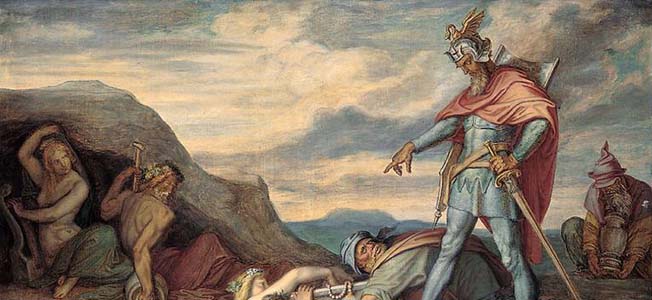
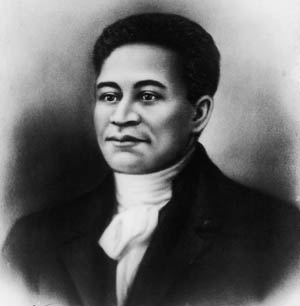
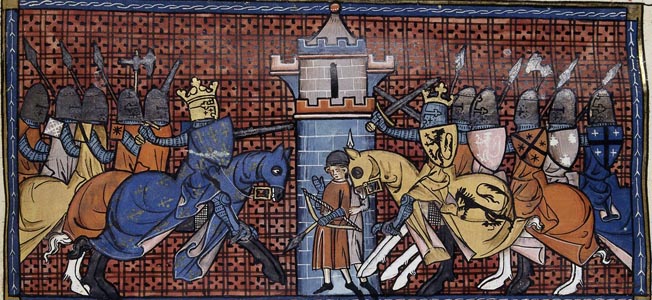

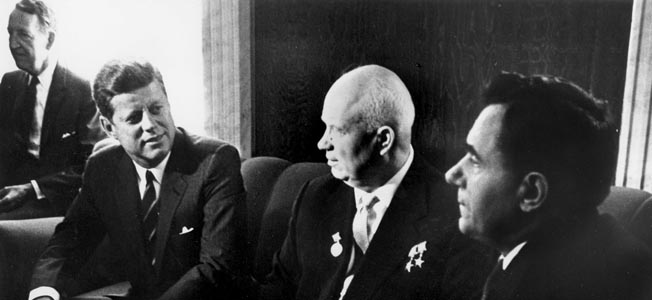
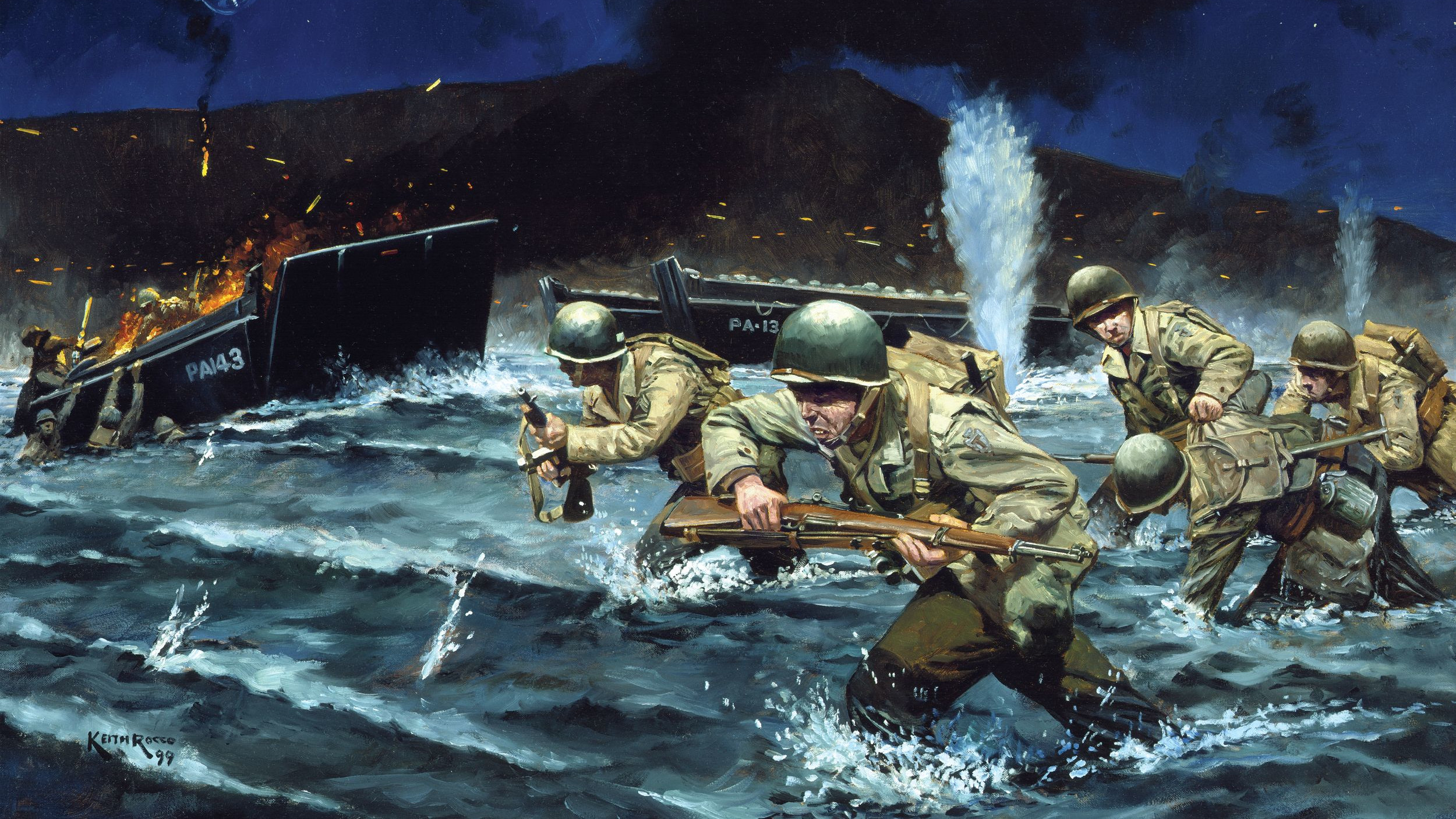

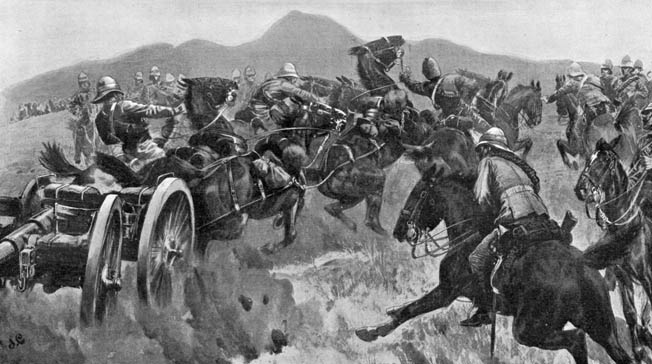

Join The Conversation
Comments
View All Comments